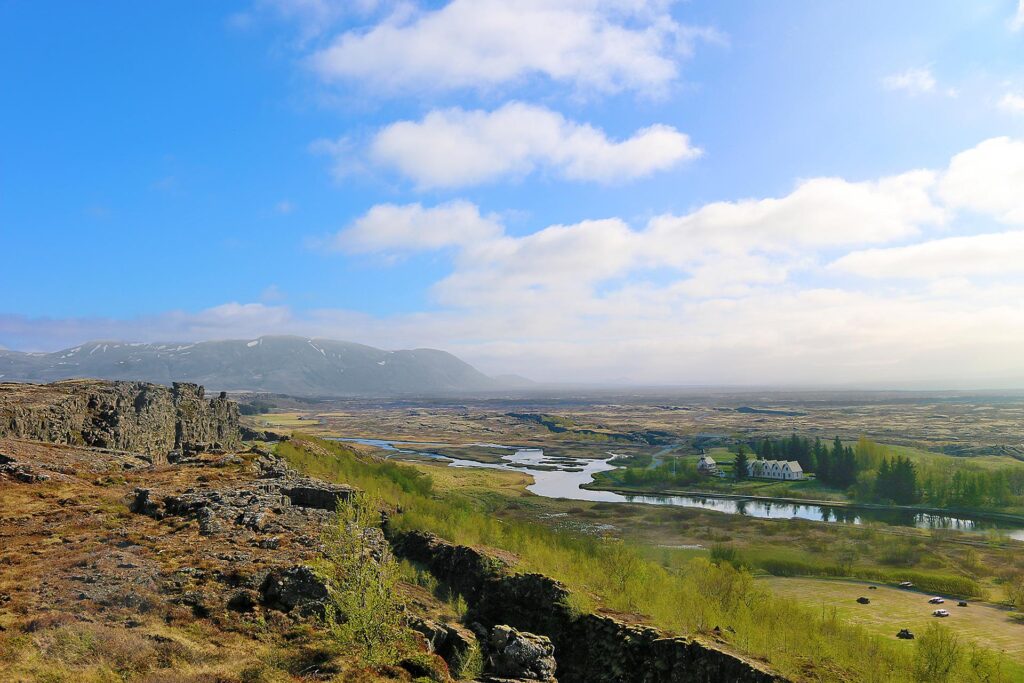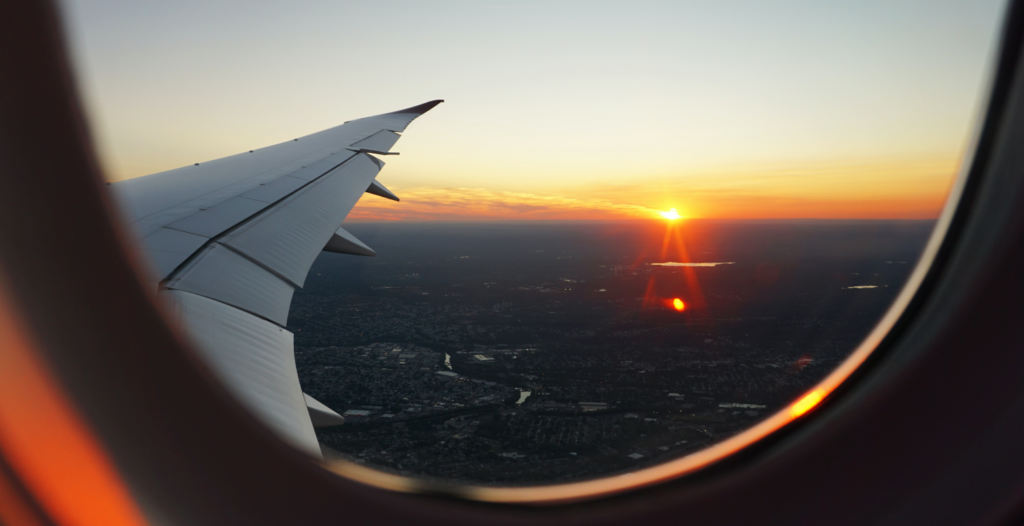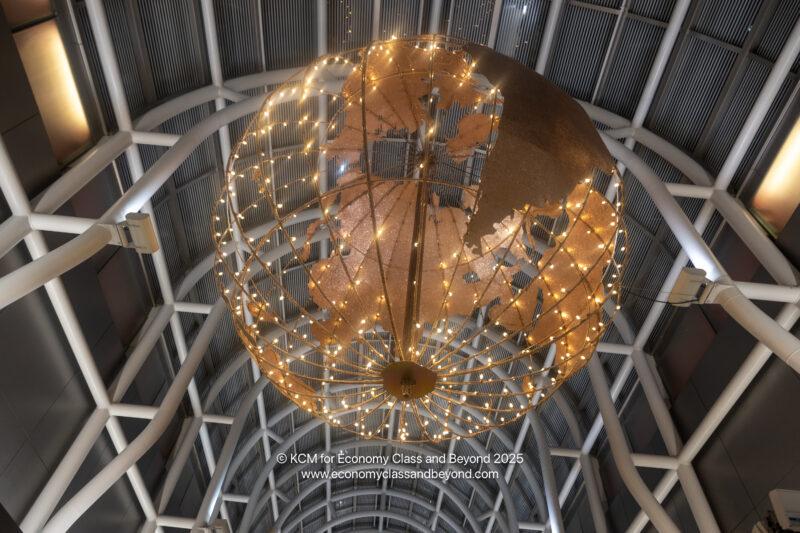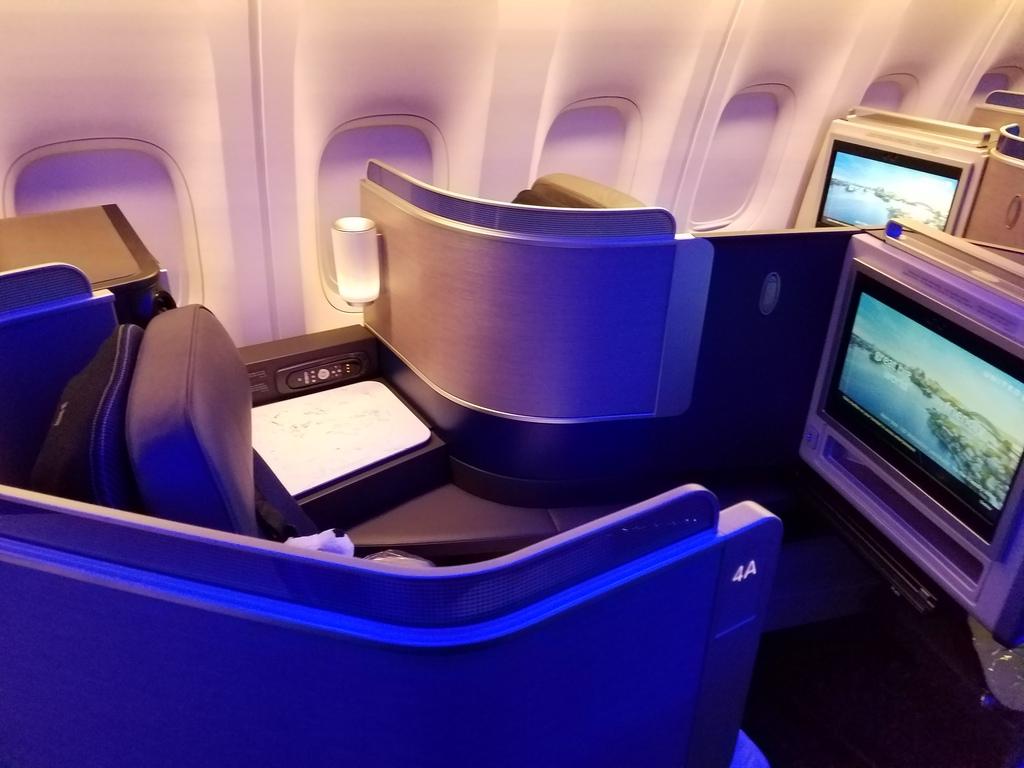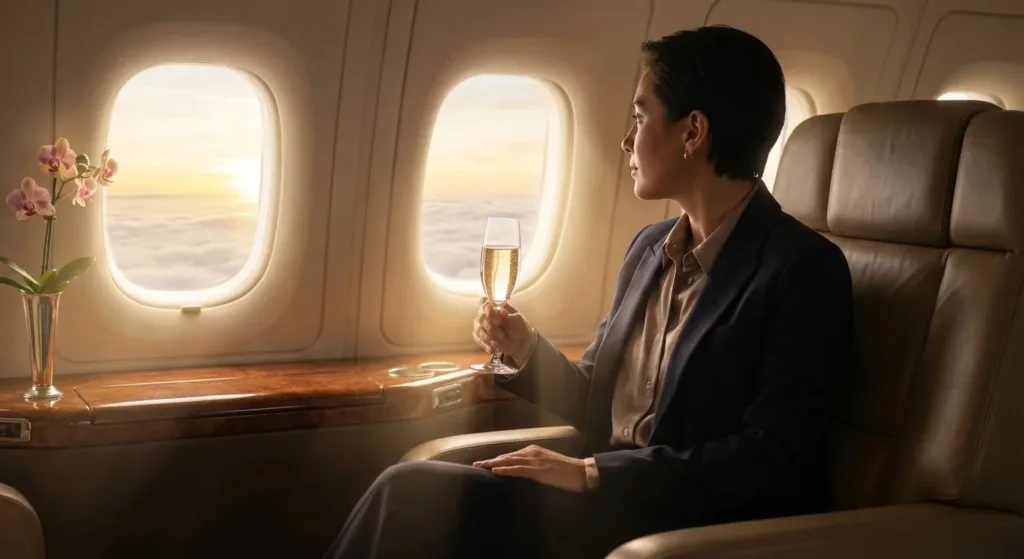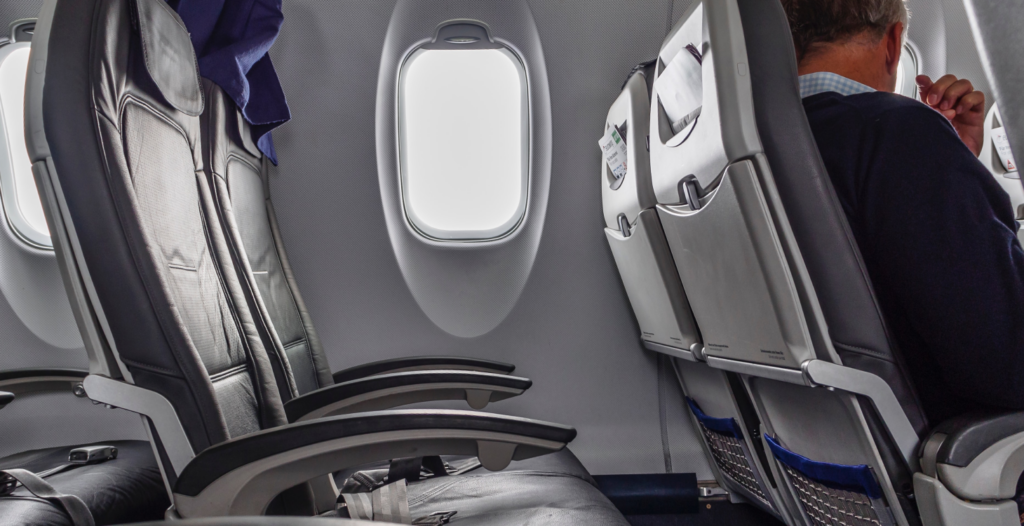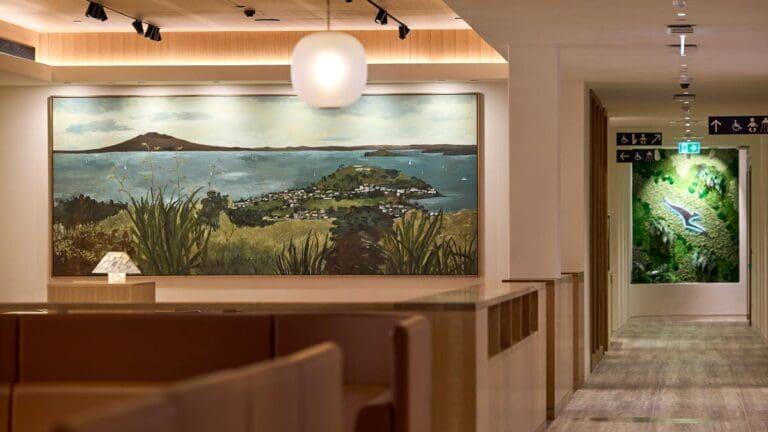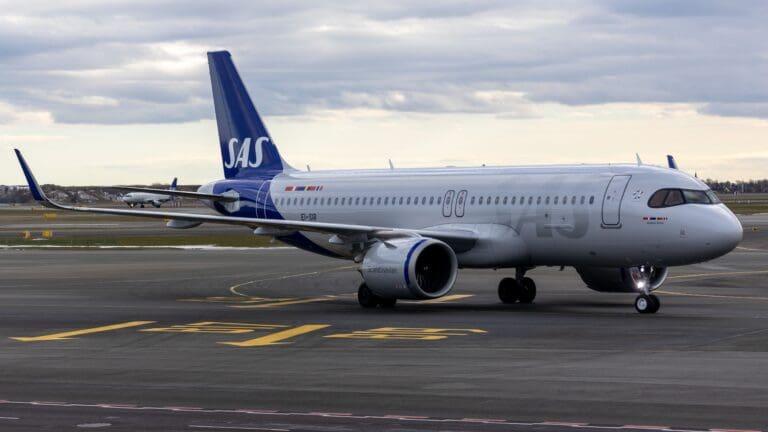
A Year In Review: Wellness Travel Trends in 2024
The year 2024 marked a significant turning point in the global travel industry, with wellness travel taking center stage like never before. As international borders reopened and travelers emerged from prolonged periods of restriction, there was a profound shift in travel motivations. People no longer sought mere leisure; they craved meaningful experiences that could enhance their overall well-being.
The focus moved towards holistic well-being in travel, sustainability, and the integration of cutting-edge technology to enrich travel experiences. This comprehensive review delves into the top wellness travel trends that not only shaped the industry in 2024 but also redefined how travelers approached their journeys to nurture their body, mind, and soul.
1. The Rise of Wellness Travel: Nearing Pre-Pandemic Levels
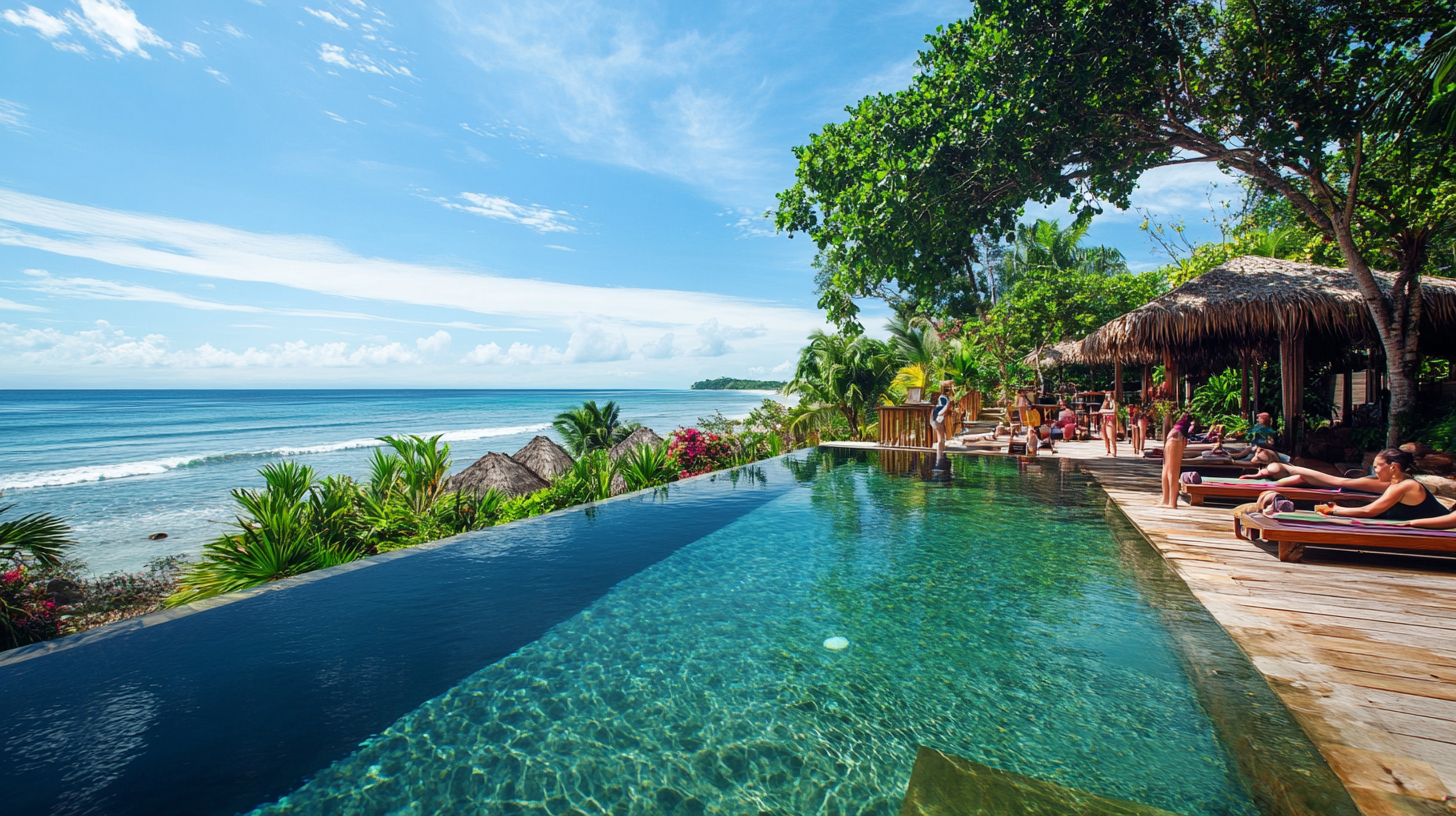
In 2024, the travel industry witnessed a robust resurgence, nearing pre-pandemic vigor. According to industry projections, international arrivals reached an impressive 96% of 2019 levels, contributing a staggering $11 trillion to the global GDP. This recovery was not just about numbers; it symbolized a global yearning for exploration and connection after prolonged restrictions.
Business travel surged, with major metropolitan areas like New York, London, and Dallas becoming hotspots for corporate bookings. Companies resumed in-person conferences and meetings, recognizing the value of face-to-face interactions. However, beyond the corporate sphere, there was a remarkable rise in solo and wellness travel, which emerged as the fastest-growing segments of the industry.
The trend of bleisure travel in 2024—blending business commitments with leisure and wellness activities—expanded significantly. This growth reflected a global desire among professionals to balance work obligations with personal well-being, integrating relaxation and self-care into their itineraries.
The industry also saw an infusion of new hotels and resorts designed with wellness and sustainability in mind. The excitement of global events like the Paris Olympics and the Expo 2024 in Osaka added to the surge in travel. A heightened focus on sustainable travel practices in 2024 became evident, with more travelers opting for eco-friendly options and accommodations implementing green initiatives.
These factors collectively fueled the expansion, but at the heart of 2024’s travel boom was the emphasis on wellness and holistic health, signaling a shift in traveler priorities. This growth wasn’t just quantitative; it represented a significant qualitative shift in travel preferences. Travelers demonstrated a profound interest in experiences that fostered their well-being, ranging from indulgent luxury wellness retreats in exotic locales to immersive nature-based holidays in serene environments.
The wellness tourism sector, projected to hit $1.3 trillion by 2025, showcased the shifting priorities of global travelers towards health-centered journeys that rejuvenate the body, mind, and spirit.
2. Embracing Longevity: Nature-Based Experiences & Technology

The pursuit of longevity and a deep reconnection with nature became central themes in 2024’s wellness travel trends. Travelers sought out destinations offering nature-based wellness experiences seamlessly combined with cutting-edge technology.
This fusion of the natural world with technological advancements provided unique opportunities for rejuvenation and health optimization, appealing to those desiring both traditional healing and modern innovation. The concept of slowcations—extended stays in a single location—gained remarkable popularity among Gen Z and millennials in 2024. This trend emphasized restful and mindful travel, allowing individuals to fully immerse themselves in local cultures and natural environments without the rush typically associated with traditional tourism.
It provided travelers with the time to engage deeply with their surroundings, fostering a more meaningful connection with the destination. Additionally, ASMR sleep experiences in travel became a sought-after offering. These experiences provided sensory-rich environments conducive to deep rest and relaxation, utilizing soothing sounds and tactile sensations to promote sleep quality and overall well-being.
Biohacking travel experiences entered the mainstream, with travelers enthusiastically exploring techniques like light therapy, cryotherapy, and intermittent fasting to enhance their health and longevity. Luxury resorts across the globe integrated personalized fitness and wellness programs into their offerings. Notably, destinations like SIRO in Dubai provided tailored coaching, nutrition plans, and state-of-the-art facilities to guests seeking bespoke wellness journeys.
These programs often included access to personal trainers, wellness consultants, and cutting-edge health technologies, catering to the growing demand for individualized health optimization during travel. The integration of technology in wellness travel extended to both in-room and outdoor wellness options. Accommodations began offering smart rooms equipped with customizable lighting and temperature controls to enhance sleep quality and comfort.
From AI-powered health apps that provided personalized wellness recommendations to immersive virtual reality meditation sessions, technology enhanced accessibility to wellness practices. These innovations allowed travelers to engage in mindfulness and fitness activities tailored to their needs, effectively meeting travelers where they were in their wellness journeys. Destinations incorporated augmented reality nature trails, where guests could learn about local flora and fauna through interactive experiences, blending education with outdoor activity.
3. Biohacking and Luxury Wellness: Personalized Health Optimization

The trend of biohacking significantly reshaped luxury wellness travel in 2024. Travelers were no longer satisfied with standard spa treatments; they sought advanced, personalized health optimization techniques to enhance longevity and vitality. This shift led to the rise of biohacking beach vacations, where the traditional allure of sun and sand was complemented by cutting-edge wellness treatments.
These vacations offered guests the opportunity to engage in a range of biohacking practices, from hyperbaric oxygen therapy to nootropic supplementation, all designed to optimize health at a cellular level. Resorts around the world began offering a suite of technology-driven therapies like cryotherapy, intravenous nutrient drips, red light therapy, and infra-red saunas. These treatments, once considered niche and specialized, became mainstream offerings in luxury settings.
The combination of relaxation in opulent environments and scientifically-backed health benefits attracted a discerning clientele. Guests were eager to invest in their well-being, seeking out these advanced therapies to enhance recovery, boost immunity, and promote anti-aging effects. For instance, luxury retreats integrated full-scale longevity clinics in resorts, providing guests with access to advanced diagnostics and personalized wellness plans.
These programs often included genomic wellness analyses and microbiome assessments, allowing for precision nutrition and lifestyle recommendations tailored to individual genetic profiles. Guests could undergo comprehensive health screenings, including blood work, hormonal profiling, and even biological age testing. Such offerings positioned these retreats at the cutting edge of wellness, appealing to travelers seeking to invest in long-term health outcomes.
The focus on biohacking underscored a broader trend towards proactive and preventative health management in travel. By offering these advanced services, resorts positioned themselves at the forefront of the wellness tourism boom, catering to travelers’ desires for both indulgence and tangible health benefits. This approach not only enhanced the guest experience but also fostered loyalty among health-conscious travelers who sought destinations that aligned with their wellness goals.
4. Social Wellness: Building Community Through Travel

In 2024, the concept of wellness extended beyond the individual to encompass the collective. social wellness travel experiences, emphasizing community and connection, became a significant trend. Travelers sought experiences that not only improved personal health but also fostered relationships and enhanced social well-being.
This shift recognized the importance of social connections in overall wellness, addressing a fundamental human need for belonging and community. Establishments like Remedy Place social wellness club pioneered this movement by offering community-focused activities. These venues provided spaces for group health practices, such as collective breathwork sessions, group acupuncture, and communal healing experiences like sound baths and circle meditations.
The goal was to create environments where individuals could connect authentically, build supportive relationships, and foster a sense of community, all while engaging in wellness activities. Such settings facilitated networking among like-minded individuals, enhancing the social dimension of travel. The appeal of social wellness lay in its ability to address the growing feelings of isolation and loneliness that many experienced during previous years of social distancing and remote interactions.
By integrating social elements into wellness travel experiences, the industry tapped into the fundamental human need for connection and belonging. Group activities, shared meals, and collaborative wellness workshops allowed travelers to forge meaningful relationships, enhancing their emotional well-being and creating memorable shared experiences.
Moreover, social wellness initiatives often incorporated local community involvement. Travelers participated in cultural exchanges, volunteer opportunities, and community projects, enriching their travel experiences while contributing positively to destinations. Examples included assisting in local conservation efforts, participating in traditional craft workshops, or engaging in community-building activities. These experiences fostered a deeper connection with the local culture and environment, supporting sustainable tourism practices and promoting mutual understanding between travelers and host communities.
5. Digital Detox: Unplugging for Emotional Well-being
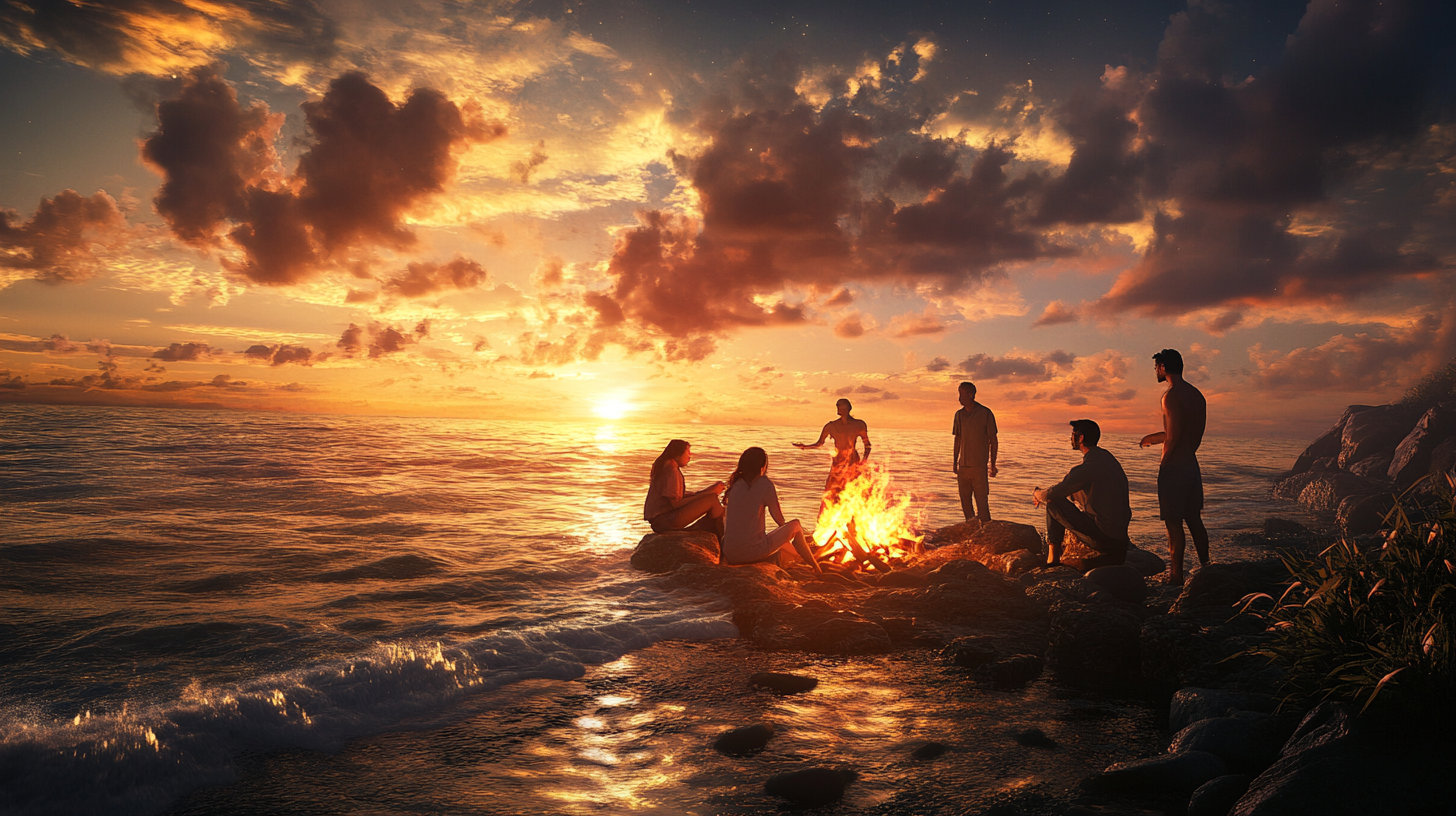
The overwhelming presence of technology in daily life, with constant connectivity and information overload, led to a significant trend in 2024: the rise of digital detox travel retreats. Travelers increasingly sought out retreats and destinations that offered a respite from screens, notifications, and the incessant digital buzz, allowing them to focus on their emotional and mental well-being.
These retreats provided environments free from Wi-Fi and cellular signals, encouraging guests to engage in mindful activities and reconnect with the present moment. Destinations around the world began offering tech-free wellness retreats, encouraging guests to disconnect from their devices and reconnect with themselves and their surroundings.
Activities like silent retreats and digital detox programs provided spaces for introspection, mindfulness, and deep relaxation, free from external distractions. Guests engaged in meditation, yoga, nature walks, and journaling, all designed to enhance self-awareness and reduce stress associated with constant connectivity. The concept of “restorative rest“, which emphasized the importance of rest and relaxation over jam-packed itineraries, gained significant popularity.
This trend reflected a desire to counteract the stress and exhaustion of always being ‘on’ in a digitally connected world. By promoting rest as a valuable and essential activity, wellness travel addressed the burnout and fatigue experienced by many. Accommodations provided serene environments with comfortable furnishings, promoting sleep and relaxation as central aspects of the travel experience.
Sleep tourism trends in 2024 also emerged as a significant trend, with travelers prioritizing destinations and accommodations that offered environments conducive to high-quality rest. Hotels and resorts invested in sleep-enhancing amenities, from specialized mattresses and high-thread-count linens to soundproof rooms and blackout curtains.
Sleep-inducing therapies, such as guided sleep meditation, aromatherapy, and personalized bedtime routines, were incorporated into guest services. Some establishments offered access to sleep consultants and provided sleep-tracking technology to help guests optimize their sleep patterns during their stay.
6. Intergenerational Wellness: Family-Inclusive Travel Experiences

Wellness travel in 2024 embraced the concept of intergenerational wellness travel experiences. Families sought out vacations that catered to all ages, focusing on holistic health and fostering healthy habits across generations.
This trend recognized the value of shared wellness activities in strengthening family bonds and promoting health-conscious lifestyles within families. Resorts and destinations developed comprehensive programs that included child-friendly wellness activities, such as kids’ yoga classes, mindfulness workshops tailored for young minds, and nature-based educational experiences like guided hikes and wildlife exploration.
Teenagers had access to activities like adventure sports combined with mindfulness practices. This inclusive approach allowed families to bond over shared wellness pursuits, instilling values of health and well-being in younger travelers. Such experiences also offered parents the opportunity to model healthy behaviors and engage in quality time with their children in enriching environments.
The trend extended to incorporating grandparents and extended family members, offering activities suitable for varying mobility levels and interests. Resorts provided multi-generational activities ranging from gentle nature walks, water aerobics, and art therapy sessions to family meditation sessions and community service projects. The emphasis was on creating meaningful connections while promoting collective health and well-being.
Accommodations were designed to cater to larger family groups, with communal spaces and family suites encouraging togetherness. This shift towards family-inclusive wellness recognized the importance of communal support in health journeys. By providing environments where all family members could participate, the travel industry catered to a growing market segment seeking comprehensive wellness experiences.
7. Technology Integration: Enhancing Wellness Through Innovation

Technology played a pivotal role in shaping wellness travel trends in 2024. The integration of innovative solutions aimed to enhance immunity, vitality, and overall health, effectively bridging the gap between traditional wellness practices and modern advancements. The use of wearable technology, health monitoring devices, and AI-driven personalized wellness programs became commonplace in wellness travel experiences.
Wellness technology devices like ICAROS offered immersive virtual reality (VR) workouts, combining physical activity with gamified experiences that enhanced engagement and enjoyment. Travelers could simulate activities like flying or deep-sea diving while engaging core muscle groups and improving balance.
AI health apps and wearable devices provided personalized recommendations by tracking wellness metrics such as heart rate variability, sleep patterns, nutrition intake, and stress levels. These insights empowered travelers to make informed decisions about their health during their journeys. Sleep enhancement technologies in travel became a focal point, with destinations like Six Senses Ibiza and Lefay Resort & SPA Lago di Garda offering cutting-edge solutions to improve sleep hygiene and quality.
Innovations included AI-adjusted lighting systems that mimicked natural circadian rhythms, sound therapy beds that used vibrations and frequencies to promote deep sleep, and rooms equipped with air purification systems to improve air quality. These technologies catered to travelers seeking restorative rest, recognizing sleep as a critical component of overall wellness.
The use of technology extended to advanced diagnostic tools and the creation of personalized wellness plans. Comprehensive health screenings and biomarker analyses became accessible to travelers, often upon arrival at their destinations. These assessments included blood tests, metabolic profiling, and stress level evaluations, allowing for tailored programs that addressed specific health concerns and goals during their stay.
Resorts offered personalized nutrition plans, custom fitness regimens, and targeted therapies based on these diagnostics, maximizing the efficacy of their wellness offerings.
8. Holistic Health Focus: Beyond Diet and Exercise

The definition of wellness in 2024 expanded significantly, moving beyond traditional notions of diet and exercise to encompass a truly holistic approach. Travelers embraced experiences that integrated physical, mental, emotional, and even sexual well-being into their journeys. This comprehensive view recognized that true health involves multiple dimensions of the self, and travel became a means to explore and nurture these different aspects.
Sexual wellness retreats emerged as a new frontier in wellness travel, offering programs focused on intimacy, tantra, reproductive health, and personal exploration. These retreats provided safe, non-judgmental spaces for individuals and couples to explore aspects of their sexuality, often incorporating expert guidance from sexologists, therapists, and wellness practitioners.
Activities included workshops on communication and intimacy, body positivity sessions, and practices to enhance emotional connections. Mindfulness and self-care retreats also gained popularity, emphasizing mental health through practices like meditation, yoga, journaling, and various stress-reduction techniques.
Destinations provided serene, tech-free environments, often nestled in nature, to facilitate deep relaxation and mental clarity. Programs were designed to help guests disconnect from the pressures of daily life, cultivate mindfulness, and develop self-compassion and resilience. Culinary wellness travel experiences integrated food as a cornerstone of health, with travelers engaging in mindful eating practices and learning about nutrition.
Farm-to-table experiences allowed guests to connect with the source of their food, often involving visits to local farms or on-site organic gardens. Cooking classes taught guests how to prepare nutritious meals, incorporating superfoods and local ingredients. Dietary consultations with nutritionists or Ayurvedic practitioners became common offerings, enabling travelers to tailor their diets to their specific health needs and goals.
9. Sustainable and Eco-Conscious Travel: Aligning Values with Experiences
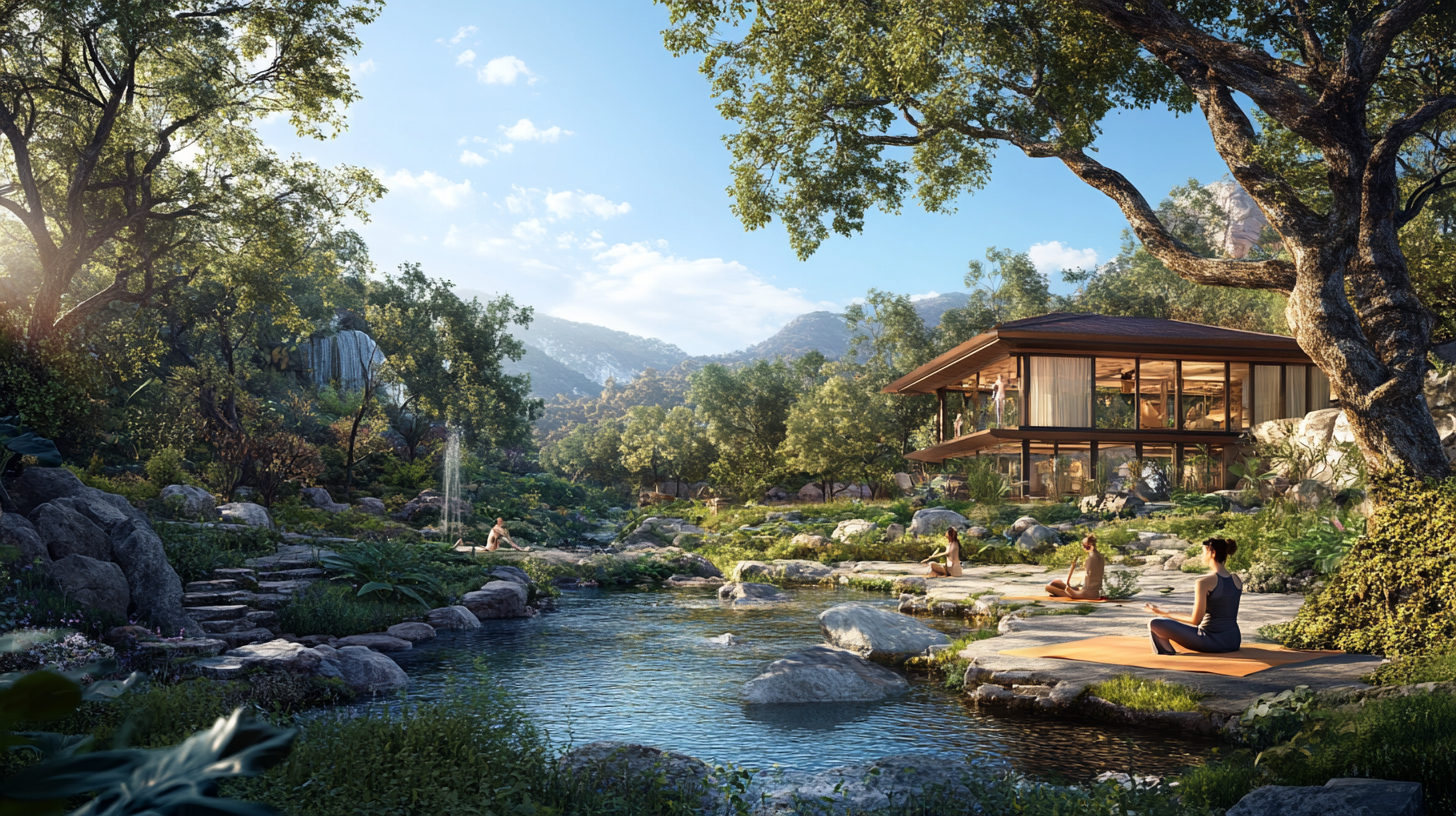
Sustainability became a non-negotiable aspect of wellness travel in 2024. A significant 80% of travelers showed a preference for eco-friendly and sustainable travel options, aligning their wellness journeys with environmental consciousness and ethical considerations. This shift reflected a growing awareness of the environmental impact of travel and a desire to make choices that support the health of the planet alongside personal well-being.
Destinations emphasized sustainable practices, from using renewable energy sources like solar and wind power to implementing comprehensive waste reduction and recycling programs. Accommodations often featured eco-friendly designs, incorporating natural materials, green roofs, and biophilic elements to enhance guests’ connection with nature. Initiatives like eliminating single-use plastics, sourcing food locally, and supporting conservation efforts were standard practices.
Additionally, some resorts were built using sustainable construction methods and aimed for certifications like LEED or BREEAM, demonstrating their commitment to environmental stewardship. Travelers engaged in activities that supported local communities and conservation efforts, seeking to give back to the places they visited. For example, safari experiences blended mindfulness with conservation, allowing travelers to contribute to wildlife preservation through participation in anti-poaching patrols or wildlife monitoring.
Other activities included tree planting, beach clean-ups, and cultural exchange programs that supported local artisans and community projects. Such experiences enriched travelers’ journeys while fostering sustainable development and environmental protection. Moreover, transportation choices reflected this trend, with an increase in travelers opting for slow travel by train over flights when possible.
By choosing trains, buses, or even cycling tours, travelers reduced their carbon footprint and embraced the journey as an integral part of the experience rather than just a means to an end. This approach aligned with the principles of sustainability and allowed for a deeper appreciation of the landscapes and cultures encountered along the way.
10. The Economic Impact of Wellness Tourism

The economic impact of wellness tourism in 2024 was profound. Predicted to generate over $1 trillion, the sector became one of the fastest-growing in the travel industry. This surge was driven by travelers’ increased willingness to invest in their health and well-being, recognizing the value of experiences that offered more than just leisure.
The industry’s growth contributed significantly to global economies, creating jobs and stimulating development in various regions. The expansion of wellness offerings provided lucrative opportunities for brands and destinations worldwide. From luxury resorts enhancing their facilities to include state-of-the-art wellness centers, to airlines incorporating wellness amenities such as United Airlines’ United Airlines’ Reset Suites, businesses diversified their services to meet the growing demand.
Airports introduced meditation rooms and yoga studios, and even cruise lines offered wellness-themed voyages. This diversification not only attracted new customer segments but also allowed companies to differentiate themselves in a competitive market. Culinary wellness, sleep optimization retreats, and indigenous wellness practices such as ayahuasca ceremonies in places like Peru saw significant increases in interest.
These specialized offerings allowed destinations to differentiate themselves by leveraging unique cultural and natural assets. Travelers were drawn to authentic experiences that provided depth and personal transformation, further fueling demand for niche wellness travel segments. The financial implications extended well beyond direct tourism revenue. The wellness travel boom spurred job creation in hospitality, wellness services, and related industries.
Infrastructural development included the construction of new facilities and the upgrading of existing ones to cater to wellness travelers’ needs. Cross-industry collaborations emerged, such as partnerships between tech companies and resorts to provide advanced wellness technologies. The ripple effect of wellness tourism solidified its importance in the global economy, contributing to sustainable development and economic diversification in many regions.
Final Thoughts: The Transformation of Travel in 2024

The year 2024 redefined travel, placing wellness firmly at the forefront of the industry. The trends highlighted a collective shift towards valuing holistic health, sustainability, and meaningful experiences that left lasting impacts on individuals and the places they visited.
From technological innovations enhancing personal well-being to the resurgence of nature-based retreats and community-focused activities, travelers sought to nurture their physical, mental, and emotional health in comprehensive ways. The integration of wellness into all facets of travel—be it through biohacking innovations, social wellness activities, sustainability practices, or family-inclusive programs—demonstrated an industry adapting dynamically to the evolving needs and values of its clientele.
The emphasis on personalized and transformative experiences showcased a shift towards travel that is not only enjoyable but also enriching and life-enhancing. As we look to the future, these trends set the stage for further innovations and opportunities in wellness travel, promising journeys that enrich the body, mind, and soul, and contribute positively to global well-being and environmental sustainability.
For a deeper dive into the latest developments in the travel industry and to explore more about wellness travel trends, be sure to follow us back to BoardingArea. We provide extensive resources and insights to keep you updated and inspired for your next wellness adventure.




